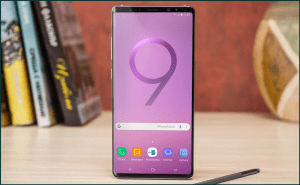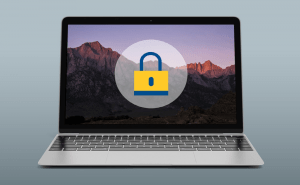 How to individually mute noisy tabs in your browser
How to individually mute noisy tabs in your browser
Auto-playing content is really cool in some situations, but if you're listening to music while browsing the Internet, and suddenly a random video starts playing, it can be quite annoying. Up until recently, this would have been a nasty issue (especially if you had a slow PC,) because you would have had to wait a while to be able to make the noise stop. The good news is that, in recent times, silencing noisy tabs has become much easier in most of the popular browsers. Almost all of them have embedded tab muting features, so you don't even need to install third-party add-ons. Here's how to do it:
Chrome
Google's Chrome is a popular browser which introduced tab muting features a long time ago, first announcing them in September last year. The application displays a specific icon for every tab that is playing content with sound, thus allowing you to quickly identify which ones are making noise. What I don't like is that, although initially you were able to stop the noise by clicking on the respective sound icon, Google decided to change that functionality so that people won't click on it by accident. So, in order to mute an individual tab in Chrome you will need to right-click it and then select the Mute Tab option. The biggest advantage of this functionality is that you can mute tabs preemptively: if you are listening to music or watching a movie and open a webpage that you know is going to start auto-playing something, you can mute it from the get-go, before it actually interrupts you.
Firefox
When I first had the idea to write this article (early this week), I was ready to tell you about add-ons such as Mute Tab, but those are no longer necessary if you installed the newest version (42) of Firefox. Beside some nice anti-tracking capabilities, the latest update to Mozilla's browser provides a visual indicator (an icon) that lets you know which of your tabs are making noise. All you have to do is click on the respective icon, and the noise will automatically stop. However, Firefox's muting system has two drawbacks: first, the noise indicator only appears after the tab starts emitting sounds, which means that if the auto-playing video takes a while to load before starting, it may take a while for you to figure out where the noise is coming from (especially if you use multiple windows, like I do). And second, there is no right-click muting button, which means you can't shut up tabs preemptively.
Safari
Apple's Safari was a pioneer in this field, the first one to bring native tab muting capabilities to its users. Just like in the previous cases, the browser displays a sound icon at the right side of the tab (next to x button) whenever a webpage starts making noise. The good news is that, in order to mute, you can both click on the visual indicator or right-click the tab and choose the Mute option. The bad news is that you can't preemptively make a tab shut up, as the mute options only appear after the audio content starts playing. However, most of you are probably no longer using Apple's browser, since the company has decided not to make the latest version of Safari (6.0) available to Windows users.
Edge
Microsoft's replacement for Internet Explorer, Edge, couldn't miss our list. The browser does have a visual indicator that shows which of the tabs are playing audio content, but that's all that you get. You can't individually mute tabs, and the browser doesn't support any extensions (it won't until some time in 2016), so there is nothing that you can do except muting the entire browser from your computer's sound settings. The one thing worth mentioning is that, unlike in all the three previously mentioned browsers, Edge's sound icon is situated at the left side of the tab.
Opera
Despite the many improvements and novelties that version 33 of Opera has brought, the browser still doesn't have a native solution for muting individual tabs. You can, of course, mute the entire browser, but that's not always convenient. Furthermore, since Opera now uses Chrome extensions, and Google's browser has native tab muting features, you won't find a third-party solution either. The only good news that I can offer fans of this browser is that, as far as I know, the developers are working on a mute function, so we won't have to wait for it much longer.
Here it is, friends. Now you know how to stop those pesky auto-playing webpages from annoying you with their unwanted noise. If you guys are tired of using the mainstream browsers and are looking for something different and new, here are a few other interesting web browsing alternatives that not many people use.






